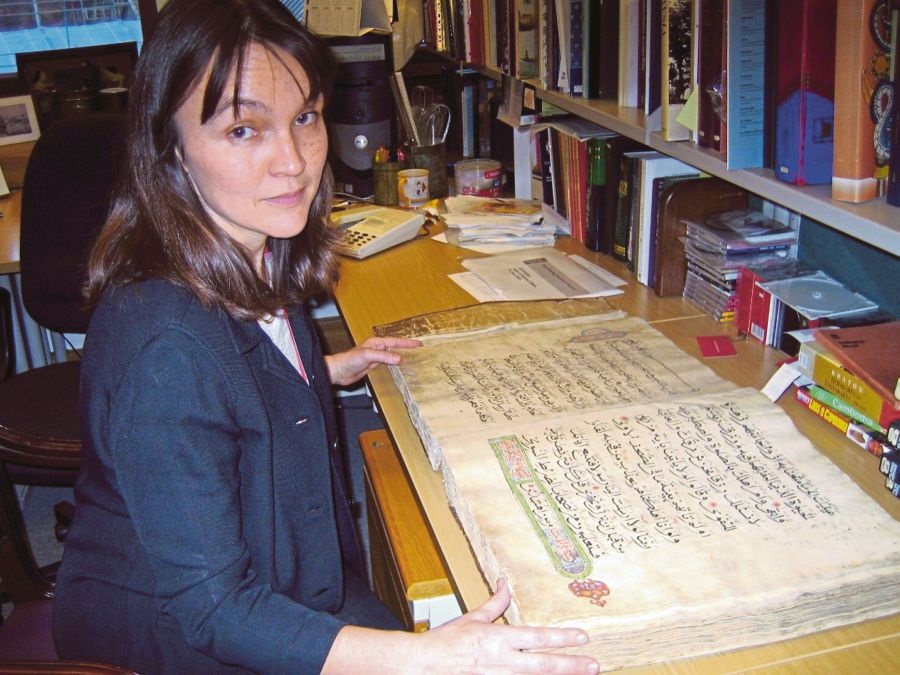Some of the finest Malay manuscripts from the collection of the British Library are on their way to Singapore now for an exhibition entitled Tales from the Malay World: Manuscripts and Early Malay Books. Bringing 16 Malay manuscripts from the British Library and guarding them jealously (understandably so), is the lead curator of the Southeast Asian Collection, Datuk Dr Annabel Teh Gallop, who will be speaking authoritatively on the illuminations and the exquisite masterpieces; a rich heritage of the Malay world.
The Malay Manuscripts, which are now in the safekeeping of libraries and museums around the world, such as the British Library, the School of Oriental and African Studies, the University of Leiden, the Museum fur Volkerkunde in Berlin and the Library of Congress in Washington, to name a few. In a 1994 travelling exhibition of Malay Letters “The Legacy of the Malay Letter”, exhibited 100 Malay letters spanning nearly four centuries with the oldest known Malay manuscripts dating from the early 16th century through to the close of the 19th century. The letters, some richly decorated, most beautifully crafted by scribes, were selected from over 1,000 documents from the Malay world, giving a glimpse of not only the art of Malay letter writing, but also a reflection on the importance of Malay as the language of trade and diplomacy throughout the Malay archipelago. Malay was also used in the correspondence with the English, the Dutch and French.
The positioning of the heading was determined by the rank of the sender to the receiver. For example, if the sender is of a lower rank, the heading on his letter would be on the left. If they are both of the same status, then the heading, which usually consist of Quranic quotations, would be in the middle. The position of the seals, too, says something about the relationship between the sender and the receiver. “Seals are an incredibly important source for the history. It gives us hard facts: names and dates and usually a place name and nearly always a religious element. The placement of the seals in the letters was very important because it was determined by the social standing of the person writing the letter and person receiving it. If the person writing was higher in social status to the person receiving, then the seal would be placed in a higher position or more to the right,” Gallop told me when she organised an exhibition with the theme “Lasting Impressions: Seals from the Islamic World” in 2010.
Malay seals are generally larger than other seals from other parts of the Islamic world. They are stamped not in ink, but in lamp black. The seal is held over a candle or lamp and when soot of the flame gathers on the seal face it is then stamped on paper — giving a very strong, dramatic black impression. Some seals from the Malay world are covered with paper flaps to protect them, with flaps cut out in the most beautiful origami like patterns. These seals represented the signature of the sender. I found the seal of Francis Light to be most interesting in a letter he wrote to the Sultan of Kedah, where he signed off as “Hamba yang sehina-hina hamba” (The lowest of your lowest servant).
The exhibition, which starts on Aug 18 and runs until Feb 25 next year at the National Library, Singapore, is certainly something not to be missed. It promises to take one back to the glorious days of the Malay world.
Source: NST







